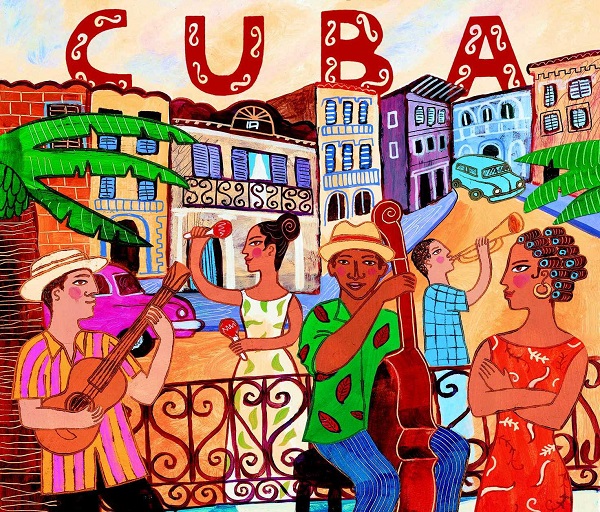11.3.5 Here.

The Pa’cá rhythm was created by Holguín native Juanito Márquez, a Cuban musician who had a distinguished career as a guitarist, composer, and arranger. In early 1964, the song “Arrímate pa’cá” premiered at the Pedro Díaz Coello club (Jorge Dimitrov Avenue, Pedro Díaz Coello neighborhood, Holguín). It was performed by the Avilés Brothers’ Holguín orchestra.
This musical genre was called the Pa’cá rhythm, arguing that it was an imitation of a percussion beat. It constitutes a swaying Cuban variation of the Venezuelan joropo.
Other renowned Cuban music orchestras also performed it and enriched their repertoire with the Pa’cá rhythm, including the Aragón Orchestra and Roberto Faz’s ensemble, among others.
Despite being a short-lived Cuban musical genre, the song Arrímate pa’cá undoubtedly became the most popular song of the year of its release.








